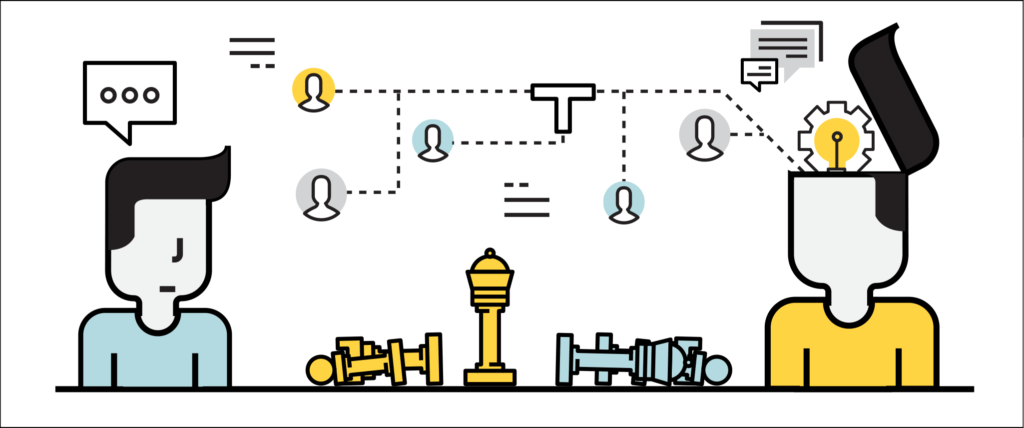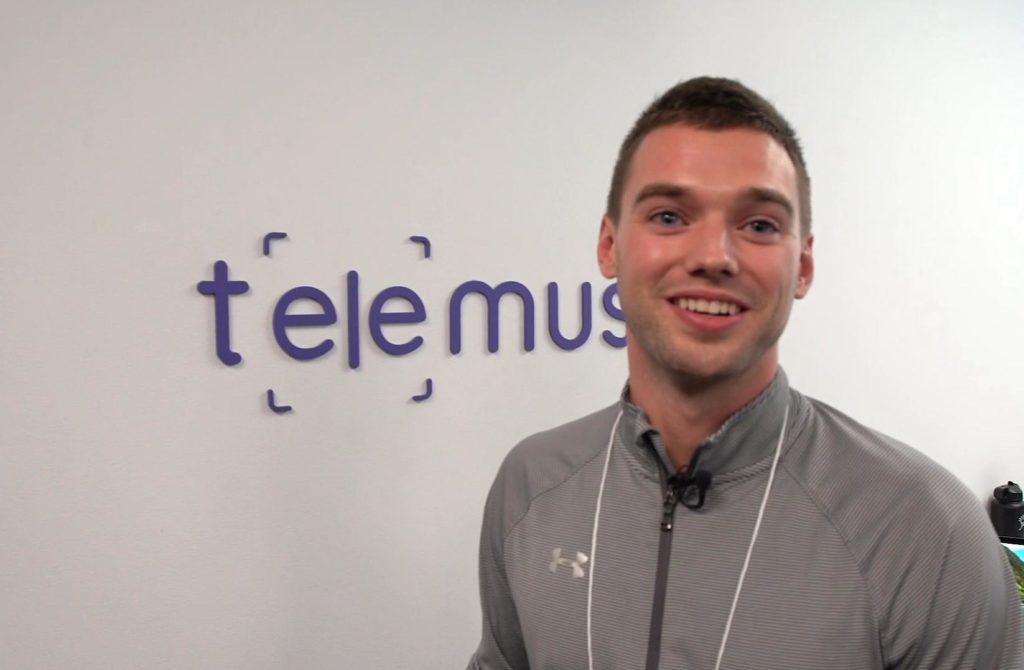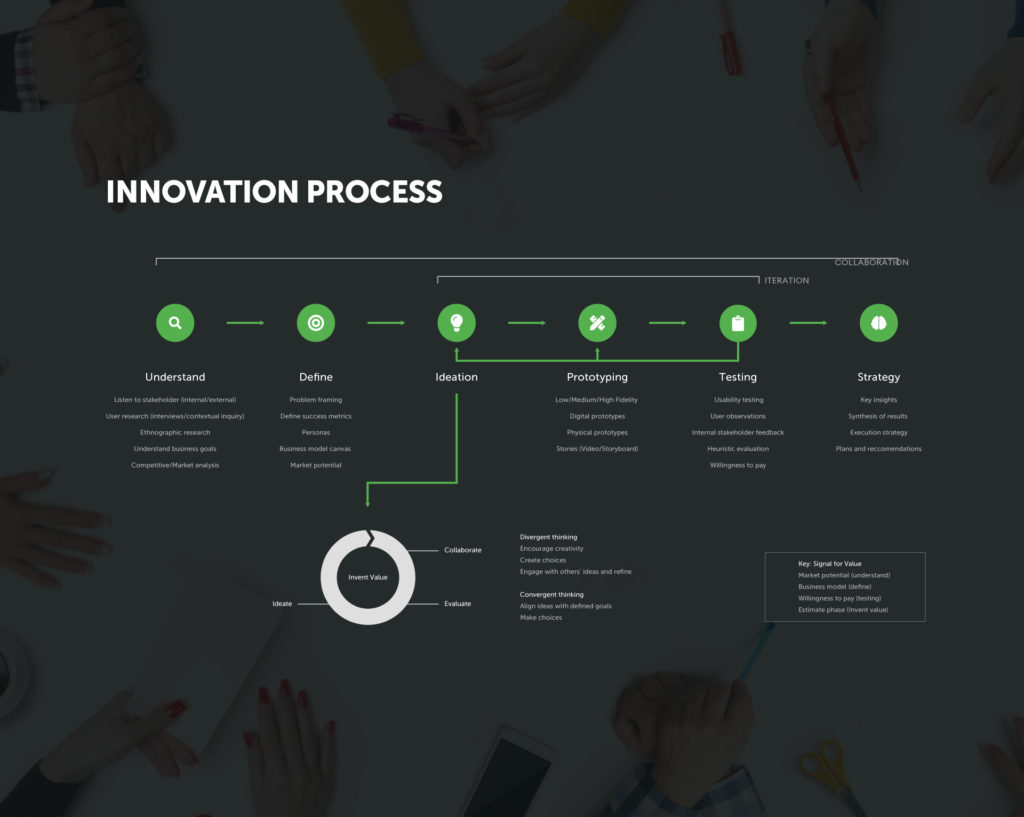Article
Innovation Principle #9: Keep It Open

Everyone Has the Potential to Innovate
Responsibility for innovation doesn’t rest with one person or even one group of people. When innovation is part of your culture, everyone is creative and responsible, and everyone holds potential.
Fresh ideas can come to anyone. In an organization that fosters innovation, the best ideas rise to the top, regardless of the source. If employees do not feel free to participate and contribute, valuable potential can be lost. Harrison Ford was installing cabinets in George Lucas’ home when he was hired for American Graffiti. This would have been a grossly missed opportunity had Lucas not been open to identifying talent in any situation. You don’t always know which employees have the next big idea or the potential to magnify them.
Hierarchies, Functional Silos, and Secrecy Inhibit Innovation
Innovation solely in one group (e.g. R&D) tends to function in relative isolation, disconnected from the organization’s built-in users, process, and cross-functional subject matter experts. Restricting the right of innovation to those with a certain title or group reduces the potential for valuable ideation and sends a message to the rest of your team that innovation is only there. Opening multiple aspects of innovation to all staff increases the proliferation and diversity of ideas from all levels and functions, which can lead to innovative outcomes.
Innovation Thrives in Transparent Open Environments
One of the keys to a culture of innovation is open collaboration across functions. While it is most efficient to ideate alone first, assembling communities where staff can quickly bounce ideas off each other expedites the iteration and evolution of those ideas. Intermingling staff from different departments within seating areas is one option for promoting diverse and open collaboration across functions. Online collaboration tools like Invent Value and communities can also support an open, transparent environment.
Find ways to keep new ideas open and transparent too, not closed up in a suggestion box. Dropping a suggestion in a designated box is often like dropping good ideas off a cliff in hopes that someone, anyone, will catch it. A few of the problems with suggestions boxes are that:
- There is frequently no accountability, response timeline, or collaboration connected to this process. When there is, it’s disorganized and inefficient.

- For large organizations, sorting through suggestion box submissions might necessitate a full-time position. How does this person evaluate which ideas are worthwhile and which are not? Great ideas are often difficult to spot out of context and, therefore, aren’t given the credence or time they deserve.
- Suggestion boxes make contributors feel they are pitching random thoughts into a void, and they might not feel like it’s worth the time to share their great idea at all.
In a world of technological innovation where speed and culture matter to succeed, we can do better. Make sure the ideas shared are transparent, and there is a plan in place for collaboration, feedback, and review of those ideas to the most relevant group.
Open Innovation in the Entire Business
Innovation isn’t only about new products, services, or technology. New offerings are important, but organizations need innovation at every level of the company, whether that is incremental iteration or breakthrough innovation. Apple’s innovation success is not only by way of new products. They introduced innovative approaches to packaging, retail sales, customer access, and partner agreements. The innovations at Netflix come not only in technology, but also in the structure of their business model and their unprecedented success at cashing in on the online subscription economy. Consider how an innovative culture with new ideas surfaced routinely for collaboration and evaluation can impact all aspects of your business, even if they seem small or tangential at the start. A new way of thinking that adds a small amount of value may be the entry point that opens your team’s vision to a culture that fosters it.









